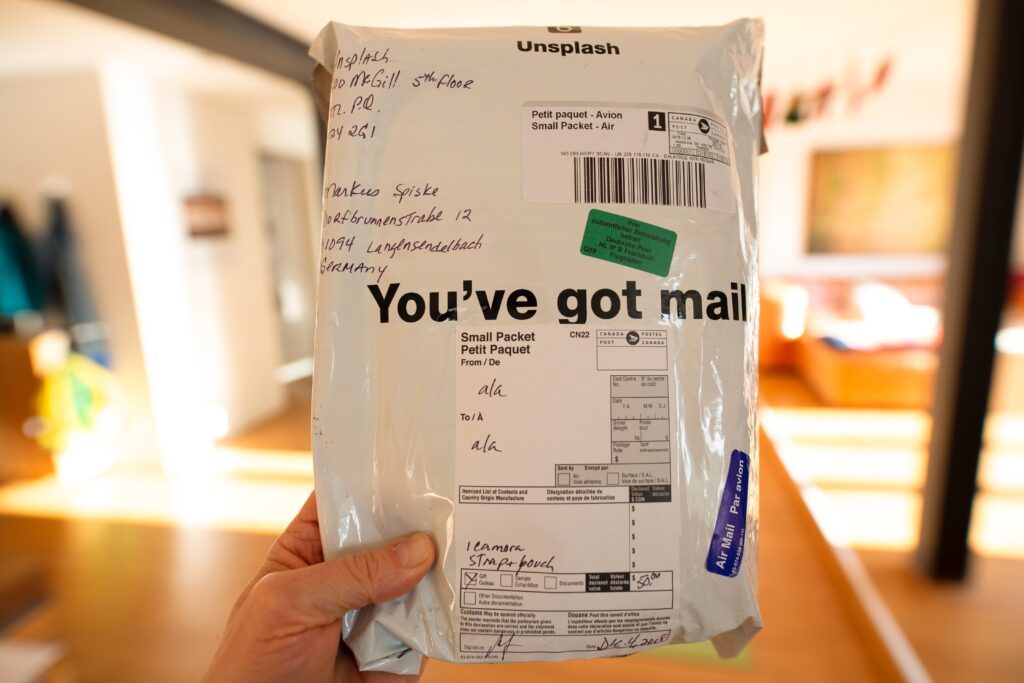
Modern technologies in logistics
Innovation
Posted 30 Jun 2020
We all know it ourselves: As soon as an order confirmation appears in our mailbox, we expect the package to already be at our doorsteps. We wait anxiously the next few days until the order is delivered , ideally at the time indicated in the shipment overview. If the delivery process is delayed, we become even more impatient.
The demands of us as consumers are increasing along with the likewise growing selection of products available to us not only online, but also in stores. We often forget the logistics behind a filled supermarket shelf and how it runs the transaction of the latest fashion collections in the store or super sale offers in our favorite online shop from abroad.
Let’s think about the other side of the supply chain, the supplier and carrier side. In order to meet our demands, the logistics industry performs at its best every day. How do the logisticians ensure that deliveries from all regions of the world reach us on time and intact?
To ensure that every delivery is successfully brought from A to B, the delivery process must be constantly optimized. This includes making accurate forecasts, not only for the final delivery date, but also for current traffic situations, weather forecasts, and information from past deliveries. Since unforeseen changes are not uncommon on global delivery routes, this information must be available in real time. Digitization, or a digitized supply chain, is the keyword here because outdated processes can no longer keep up with the prevailing flood of data. This brings us to the next buzzword that is also becoming increasingly popular in the logistics industry: Big Data Analytics.
In brief, Big Data Analytics refers to the creation of value through existing data with the aim of optimizing (company) processes and making them more efficient. As “Big Data” says, this involves the collection and analysis of large amounts of data from various sources – preferably in real time.
A digital supply chain is characterized, among other things, by the fact that it is constantly updated by analyzing existing data. This is also where the data already described comes into play to make predictions. All information ever collected on road conditions, traffic jams, border/customs situations, typical weather conditions, and delivery patterns is incorporated into the analysis of delivery data. To put it concisely: all information that could be relevant for future deliveries and that will make the delivery process even better and more efficient.
Now, a freight forwarder has a large pool of information on past delivery processes. In order to draw helpful conclusions from this data pool, modern technologies are required. Algorithms, artificial intelligence, or machine learning are the tools here when it comes to analyzing data and gaining valuable insights into the supply chain. In addition to the availability of the data itself and the right tools, another factor is important to ensure that the full potential of the data can be tapped: transparency. This ensures a smooth chain of function only if all information from past supply processes is openly available, future deliveries can be improved. An example: Does route 1 have delays due to construction sites and long border traffic jams? Perhaps route 2, which has more kilometers but recently gained access to a new highway, is better. Learning from mistakes leads to progress.
Well-functioning supply chain – well-functioning business
In times of strong and rapid change, we must be able to rely on the supply chain to work. Agility and resilience are the words we hear every day and must characterize a supply chain. Digital solutions and digital supply chain management are the first steps in the right direction. Companies not only optimize their supply routes and processes, but also save valuable time and, above all, costs. They are making their business much more sustainable and fit for the possibly of more demanding requirements of us consumers. These practices are implemented 24/7, 365 days a year to help ease our impatience while waiting for a package to be delivered, and that the shelves in our supermarkets and shops in the city center continue to be well-filled, along with the optimal use of storage spaces and means of transport.
Annette Hermann
Account Executive at HBI Helga Bailey GmbH – International PR & MarCom
Annette Hermann has been part of the HBI team since June 2019 and is responsible for B2C and B2B customers. She is specialized in text creation and the support of social media channels.